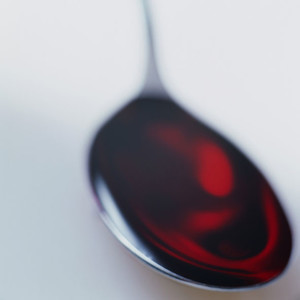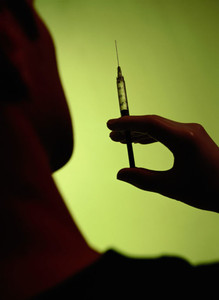Research carried out by Lars Gustafsson and et al. [1] into the use and acceptance of a drug formulary used in Stockholm, Sweden, found that adherence to the ‘Wise List’ resulted in substantial cost savings due to increased use of cheaper generic drugs.
- Home
-
Generics
News
- FDA approves generic teriparatide and levetiracetam
- US generics launch and approval for Dr Reddy’s and Lupin
- Five Chinese companies join UN’s MPP for Covid-19 medicines
- South Korean companies to make generic Bridion and COVID-19 drugs
Research
- Generic medications in the Lebanese community: understanding and public perception
- Community pharmacists’ understanding of generic and biosimilar drugs: Lebanon case study
- Reshaping landscape of Japanese generics market – uncertain future of universal health insurance
- Impact of e-bidding procurement on generic omeprazole injection prices in Thailand
-
Biosimilars
News
- China approves first denosumab copy biological Maiweijian
- EMA recommends approval of first denosumab biosimilar Jubbonti and Wyost
- First denosumab biosimilars approved in Canada and the US
- Dr Reddy's launches bevacizumab biosimilar Versavo in the UK
Research
- Topline results for Polpharma Biologics’ vedolizumab biosimilar candidate
- Comparing biosimilar adoption: Medicare Advantage versus traditional Medicare
- Questioning the need for ethnic sensitivity assessments for biosimilar monoclonal antibodies
- ANVISA's role in biosimilar medicine regulation and innovation promotion
- MORE EDITORIAL SECTIONS
- Search








 0
0











Post your comment